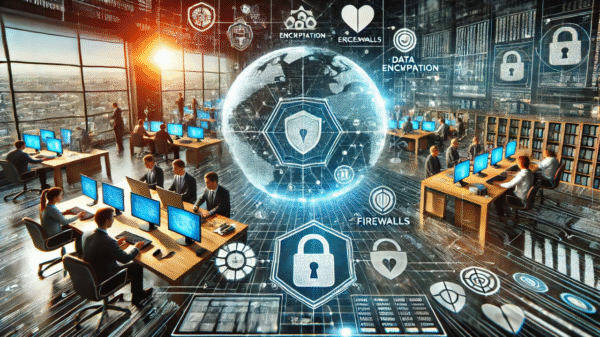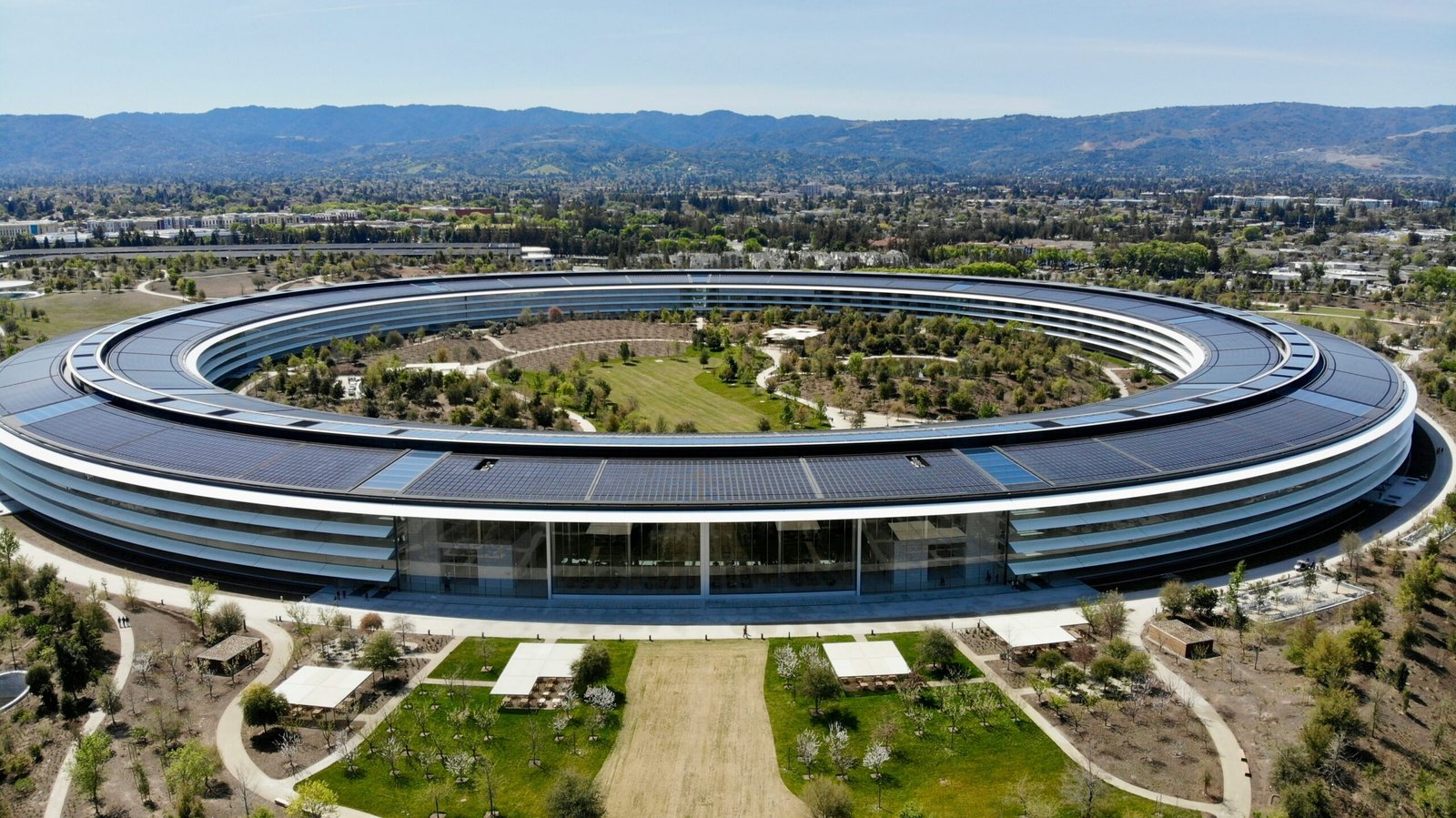Cybersecurity: A Growing Priority in a Digital World
As digital transformation accelerates across industries, cybersecurity has become a top concern for governments, businesses, and individuals alike. The shift to cloud services, remote work, and online transactions has exposed networks to new vulnerabilities. As a result, cybersecurity is no longer just an IT issue—it is a fundamental part of organizational strategy.
The Evolving Threat Landscape
Cyber threats have grown increasingly sophisticated in recent years. Traditional threats like phishing and malware have evolved into more complex attacks, including ransomware, zero-day exploits, and nation-state-sponsored intrusions. These attacks often target critical infrastructure, healthcare systems, and financial institutions, with the potential to disrupt services and compromise sensitive data.
Advanced Security Technologies on the Rise
To combat modern threats, organizations are turning to advanced cybersecurity technologies. Artificial intelligence (AI) and machine learning (ML) are now being used to detect anomalies and respond to breaches in real time. Automated threat detection, behavioral analytics, and endpoint detection and response (EDR) systems are becoming essential tools in the modern cybersecurity toolkit.
Cloud Security and the Need for Vigilance
As businesses migrate to cloud environments, securing data across distributed systems has become more complex. Cloud security solutions focus on securing access, encrypting data, and ensuring compliance with global privacy laws. Cloud providers offer shared responsibility models, but organizations must implement robust internal policies to safeguard cloud-stored data.
The Role of Human Error in Cyber Breaches
Despite advanced technologies, human error remains one of the leading causes of security breaches. Poor password hygiene, unintentional data sharing, and falling for phishing emails can all open the door to cybercriminals. As such, cybersecurity awareness training and a culture of security mindfulness are critical components of an effective defense strategy.
Data Privacy and Regulatory Compliance
With growing concerns over data misuse, privacy regulations like the General Data Protection Regulation (GDPR) in Europe and the California Consumer Privacy Act (CCPA) in the U.S. have been implemented to hold organizations accountable. These regulations require businesses to be transparent about data collection, enforce secure data storage, and offer user control over personal information.
Cybersecurity in Healthcare and Critical Infrastructure
Sectors such as healthcare, energy, and transportation are increasingly targeted by cyberattacks due to the critical nature of their services. Hospitals face ransomware attacks that paralyze operations and endanger patients. Utilities are at risk of cyber sabotage that can disrupt national services. Governments and private entities are now prioritizing the cybersecurity of these vital systems.
The Cost of Cybercrime and Its Economic Impact
Cybercrime is not only a technical issue—it has serious economic consequences. According to global reports, the cost of cybercrime is projected to reach trillions of dollars annually. Financial losses from business disruptions, legal penalties, reputational damage, and data recovery efforts continue to rise. Investing in cybersecurity is increasingly seen as essential risk management.
Incident Response and Crisis Management
Preparedness is key to minimizing damage from cyber incidents. Effective incident response plans help organizations detect, contain, and recover from breaches more efficiently. These plans often include internal teams, external consultants, and legal advisors working together to manage crises, restore operations, and communicate transparently with stakeholders.
Small Businesses and Cybersecurity Readiness
While large corporations typically have dedicated cybersecurity teams, small and medium-sized enterprises (SMEs) are often more vulnerable. Lacking resources and expertise, SMEs become easy targets for cybercriminals. However, affordable security tools, cloud-based services, and cybersecurity best practices can significantly reduce their risk profile.
Cybersecurity in the Age of IoT and Smart Devices
The Internet of Things (IoT) has introduced a vast new network of connected devices—from smart homes to industrial systems. Each device can become an entry point for cyber threats if not properly secured. Manufacturers and users alike must prioritize firmware updates, access controls, and secure integration to protect these increasingly common technologies.
The Role of Governments in Cyber Defense
Governments play a crucial role in establishing cybersecurity frameworks, sharing intelligence, and protecting national infrastructure. National cybersecurity strategies often involve collaboration between public and private sectors, with a focus on threat intelligence sharing, cyber diplomacy, and investment in defense capabilities.
Cybersecurity Skills Gap and Workforce Development
As cyber threats evolve, so does the demand for skilled cybersecurity professionals. However, a global skills gap persists, with organizations struggling to fill critical roles. Educational institutions and employers are working to address this through certifications, training programs, and career development initiatives focused on cybersecurity expertise.
Zero Trust Architecture: Rethinking Network Security
Many organizations are adopting a “zero trust” security model, which assumes that no user or system is inherently trustworthy. This model verifies every access request, regardless of origin, and emphasizes multi-factor authentication, microsegmentation, and continuous monitoring. Zero trust helps limit lateral movement and reduces the potential impact of a breach.
Building a Culture of Cyber Resilience
Ultimately, effective cybersecurity goes beyond technology—it requires a culture of resilience. Organizations must integrate security into every layer of their operations, from leadership decision-making to employee behavior. Regular audits, simulated attacks, policy reviews, and open communication channels all contribute to a stronger security posture.
Conclusion:
In a world where digital infrastructure underpins nearly every aspect of life, cybersecurity has become a defining issue of our time. As threats become more sophisticated and pervasive, organizations must continuously evolve their defenses. Through innovation, education, and collaboration, cybersecurity can safeguard the digital future and ensure the integrity of our interconnected world.
































